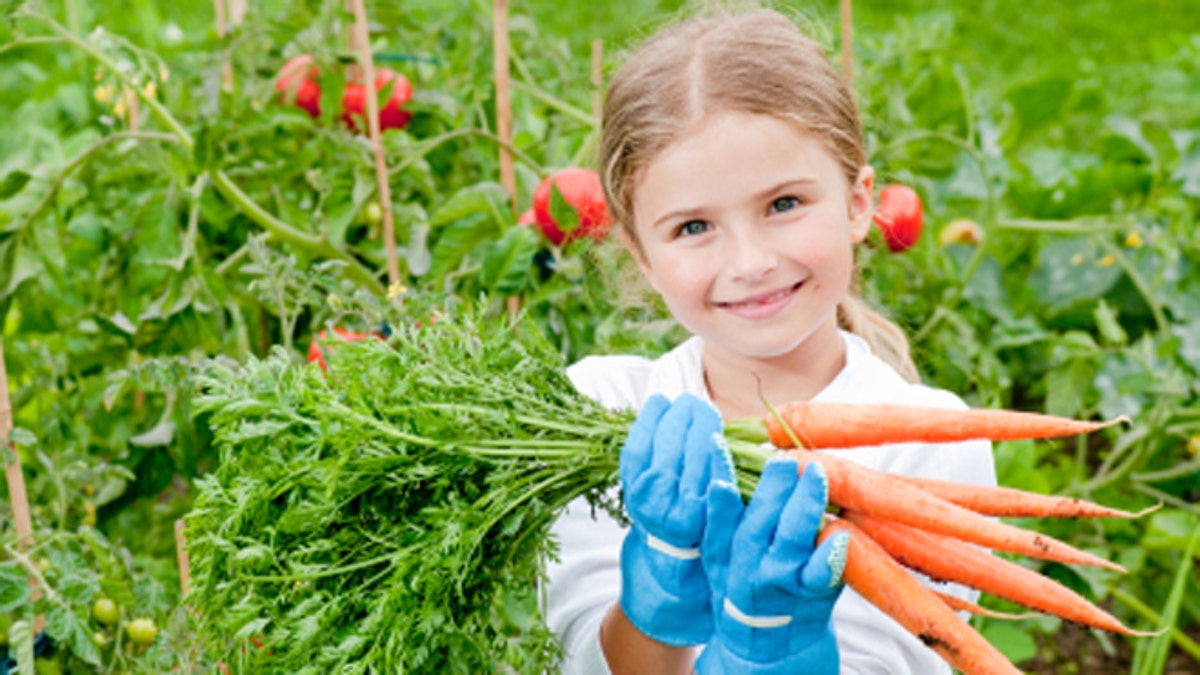
(wojciech.gajda@autograf.pl)
Few experiences are as satisfying as eating food you've grown yourself. Cultivating your own vegetable garden is an enjoyable and inexpensive way to supply you and your family with fresh, natural and organic food all year round. Although starting your garden is relatively simple, choosing which seedlings to plant and when to plant them can get a little confusing. This guide should provide you with the know-how you'll need to start your very own vegetable garden.
Prepare a plot
When choosing where to prepare the land for your new vegetable garden, you'll need to be strategic. Look for a plot that's flat and enjoys plenty of sunlight throughout the day. If you think you've discovered a good area, you might wish to test the PH balance of the soil before committing to it. You can do this by sending a soil sample to your local Cooperative Extension System office. After you've decided on the perfect spot, dig about 8 to 12 inches deep to break up and turn the soil, and finish by adding compost or other soil amendments to the plot.
Choose your vegetables wisely
Choosing the right vegetables for your new patch will allow you to get the most out of it. You and your family will likely be the primary consumers of the vegetables you produce, so try to plant something that everyone will enjoy. Remember that certain vegetables are renowned for being extra delicious when picked fresh, such as sweet corn, peas, tomatoes, beans and spinach. Depending on the size of your plot, you may wish to choose plants that require less space to grow, such as lettuce, cucumbers and pole beans. Consult your seed packets for outlines of the specific spatial and environmental requirements for each plant.
Schedule plantings
If you wish to maximize your new garden's potential, you should schedule plantings strategically. There are two main growing seasons: the cool season in spring and fall and the warm summer season. Certain vegetables can only grow in specific seasons, so you should plan your plantings accordingly. Warm season plants include corn, beans, cucumber, peppers, pumpkins and squashes. Cool season vegetables include broccoli, cabbage peas, potatoes and carrots.
Grow and maintain
Once you've decided on a plot and chosen your vegetables it's time to begin planting your new garden. While starting with seeds is the least expensive option, nursery seedlings are probably a better choice for first-time gardeners, particularly with plants, such as peppers, eggplant, cauliflower, broccoli and cabbage. Your local gardening store will be able to help you choose the best plants for your level of expertise. If you've bought seed packets, be sure to follow the directions carefully and keep track of how far apart you've planted each seed, as they won't grow without adequate space. Be sure to tend to your new garden regularly, by watering and mulching it whenever necessary and always be sure that your patch receives adequate light. With enough care and attention, you should begin to see results in no time.